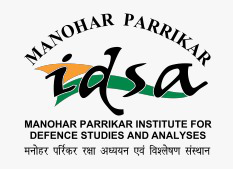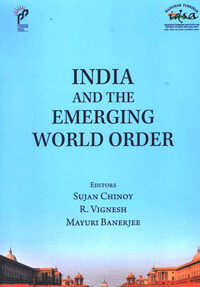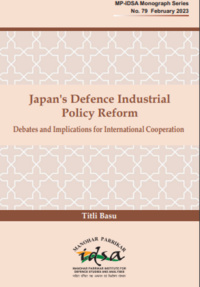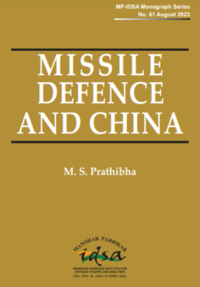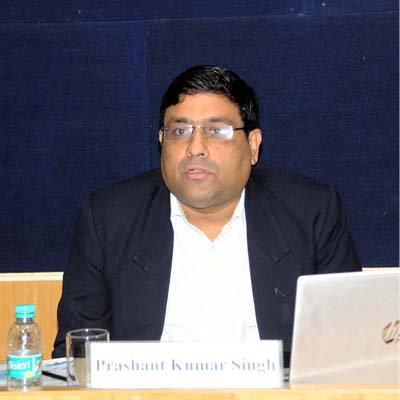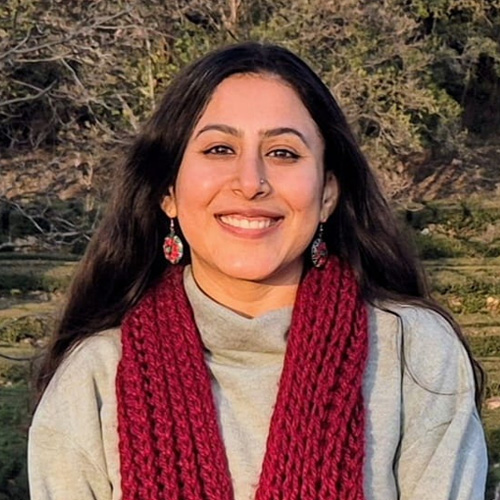Yongxing Island: China’s Diego Garcia in the South China Sea?
China’s decision to set up a military garrison on the Yongxing Island and creating a city administration could be seen as a step in firstly expanding its military reach, secondly strengthening its claims in the South China Sea, and thirdly countering the US rebalance towards the region.
- Sarabjeet Singh Parmar
- August 07, 2012

